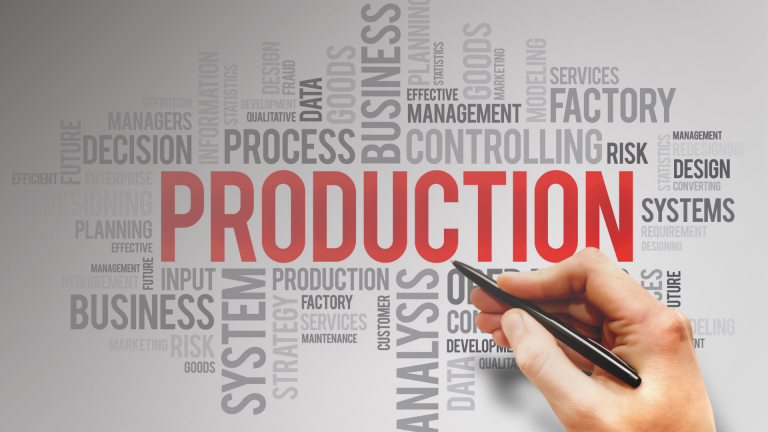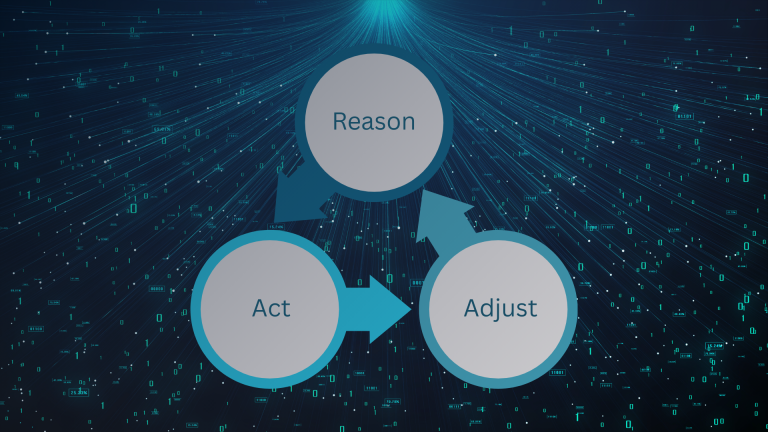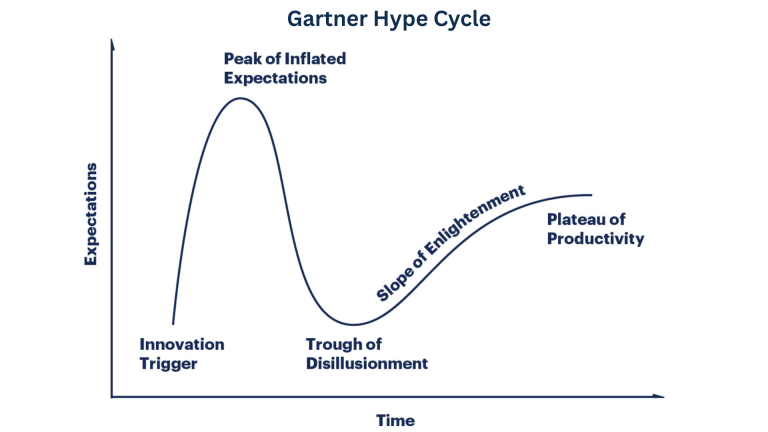AI Guardrails Aren’t Just for Compliance
When most companies talk about AI guardrails, they frame them as a legal or risk requirement: a way to prevent the system from saying the wrong thing or disclosing sensitive data. But in reality, guardrails do much more than prevent problems. When designed intentionally, they create trust, consistency, and business alignment.
Guardrails aren’t the brakes on AI. Instead, they’re the steering system.
From Restriction to Reliability
Traditional compliance thinking treats guardrails as barriers: “Don’t let the AI say this,” or “Block that kind of output.” But in a business context, the real goal is reliability.
The question isn’t only “What should we stop the AI from doing?” but “How can we ensure it consistently acts in ways that represent our brand, our values, and our expertise?”
When done right, guardrails enhance performance; they don’t just eliminate risks. They shape tone, align answers with company policy, and ensure information sources are credible.
In short: guardrails don’t limit creativity; they channel it in the right direction.
What Guardrails Really Are
AI guardrails are not a single tool or switch. They’re a combination of design layers that work together to guide the AI’s behavior and outputs:
- Input filtering: Checks what the system receives, to prevent exposure to private or irrelevant data.
- Context shaping: Adds the right background knowledge or constraints so the AI understands the business domain correctly.
- Output validation: Reviews what the AI produces for factuality, tone, compliance, or brand alignment before it reaches the end user.
- Continuous feedback: Monitors performance over time and adjusts the rules as business needs evolve.
Behind the scenes, these guardrails act as a governance framework, keeping AI aligned with business intent while still enabling adaptability.
Why Guardrails Matter Beyond Risk
For business leaders, the value of guardrails goes far beyond avoiding headlines or fines. They’re essential for scaling trust.
A few key examples:
- Customer-facing systems: Guardrails ensure that tone, language, and advice stay consistent with brand standards.
- Employee-assist tools: Guardrails prevent misinformation while reinforcing internal policies or procedures.
- Analytic and decision-support systems: Guardrails ensure data sources and reasoning chains are transparent, auditable, and explainable.
Each of these creates confidence, not just in the AI, but in the organization that deploys it. When employees and customers trust the system, adoption grows organically.
A Business Enabler, Not a Bottleneck
Guardrails should be treated like any other business control system: clear, measurable, and designed for flexibility.
Instead of thinking of them as “rules for the AI,” think of them as standard operating procedures for digital teammates.
The most successful organizations are already learning this lesson. They’re embedding governance into design, not as an afterthought. They treat their AI systems like part of their workforce, accountable to the same values, policies, and performance standards.
The Strategic Takeaway
In the long run, compliance will always be a baseline, but it’s not the goal. The real purpose of AI guardrails is confidence and control.
Guardrails let you innovate safely, scale responsibly, and turn AI from an experimental tool into a reliable business asset.
When done right, they don’t slow progress; they make progress sustainable.
Because the companies that win with AI won’t be the ones that move the fastest. They’ll be the ones that move fast with control.







